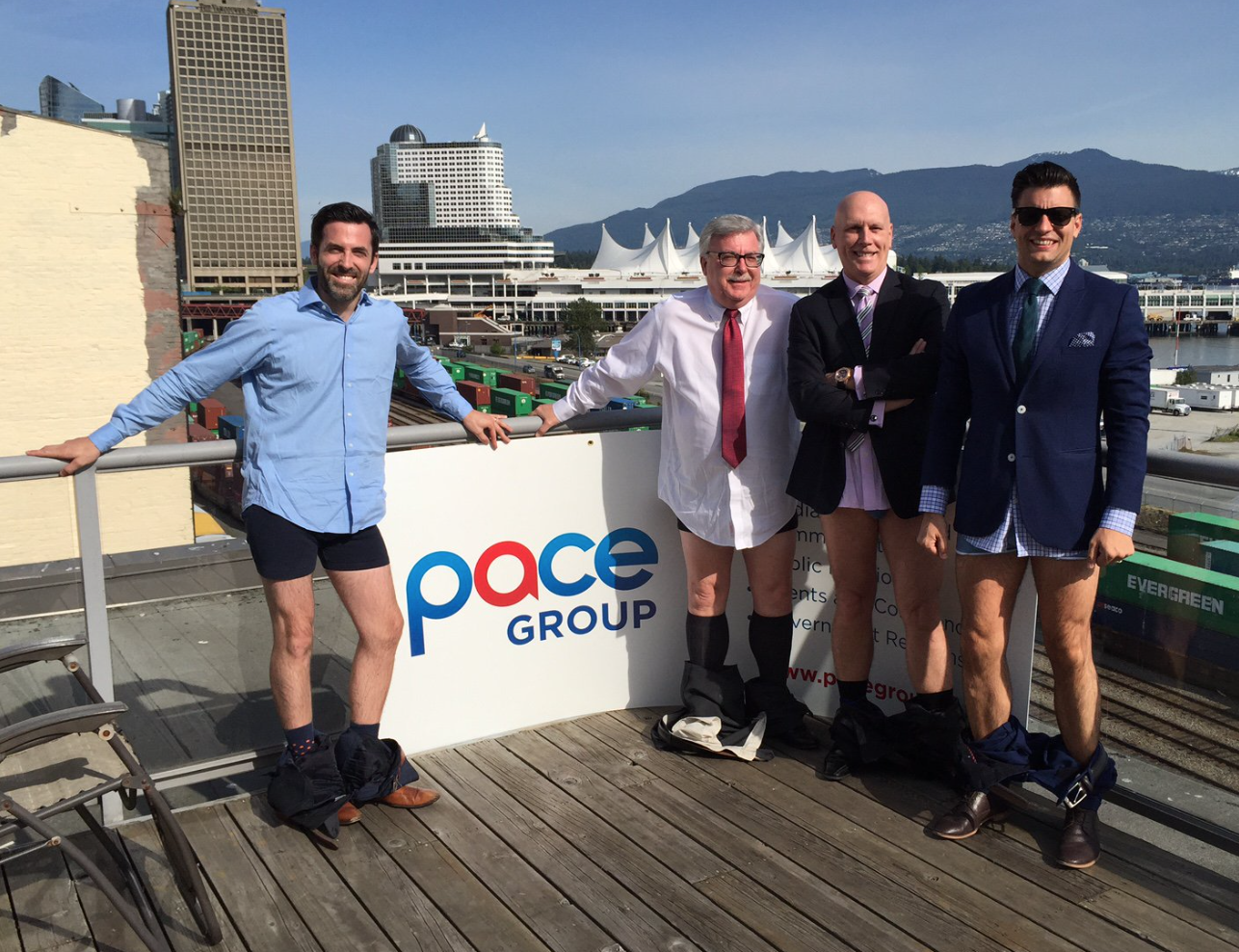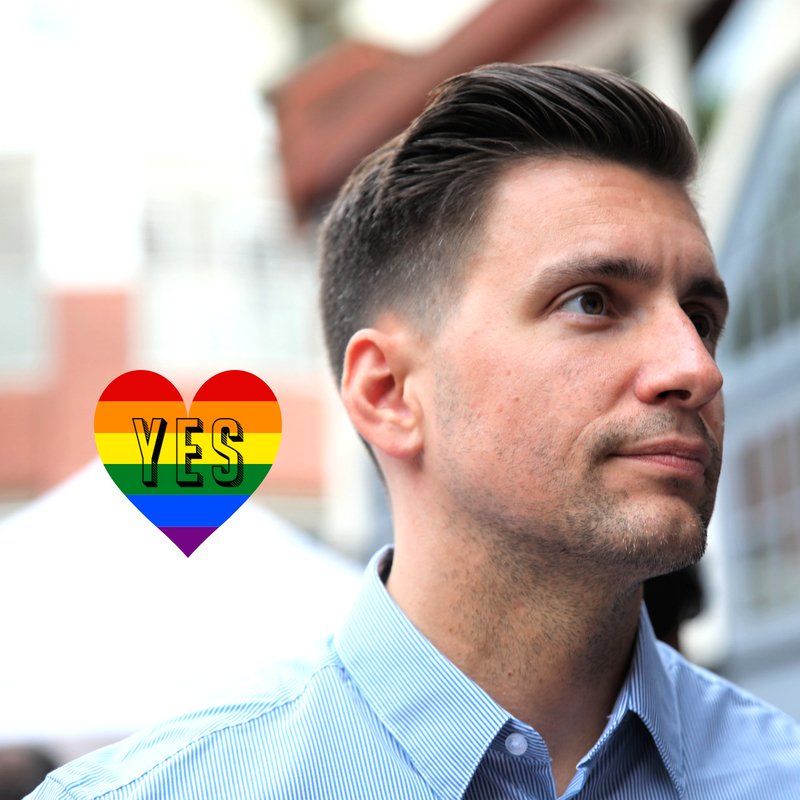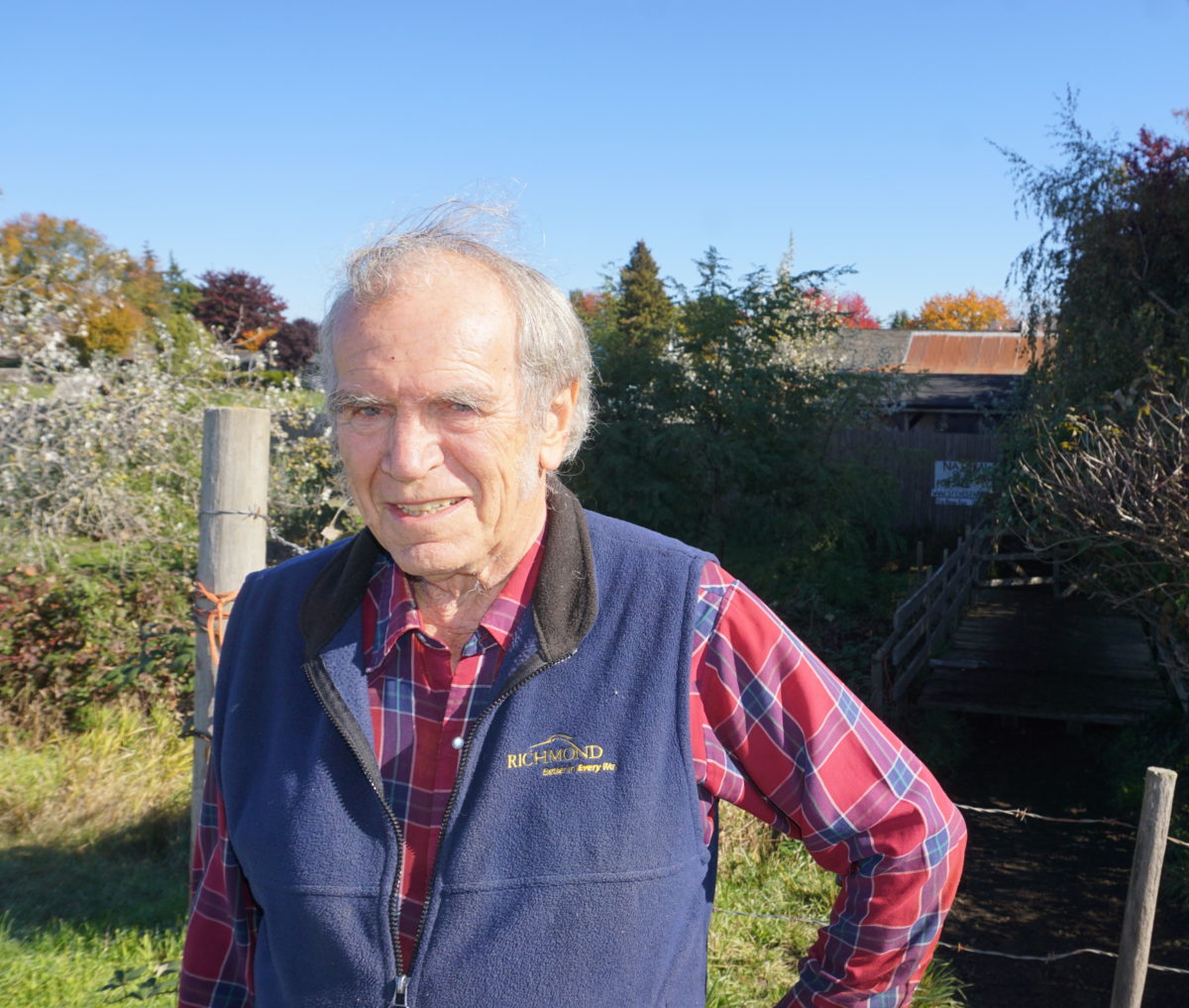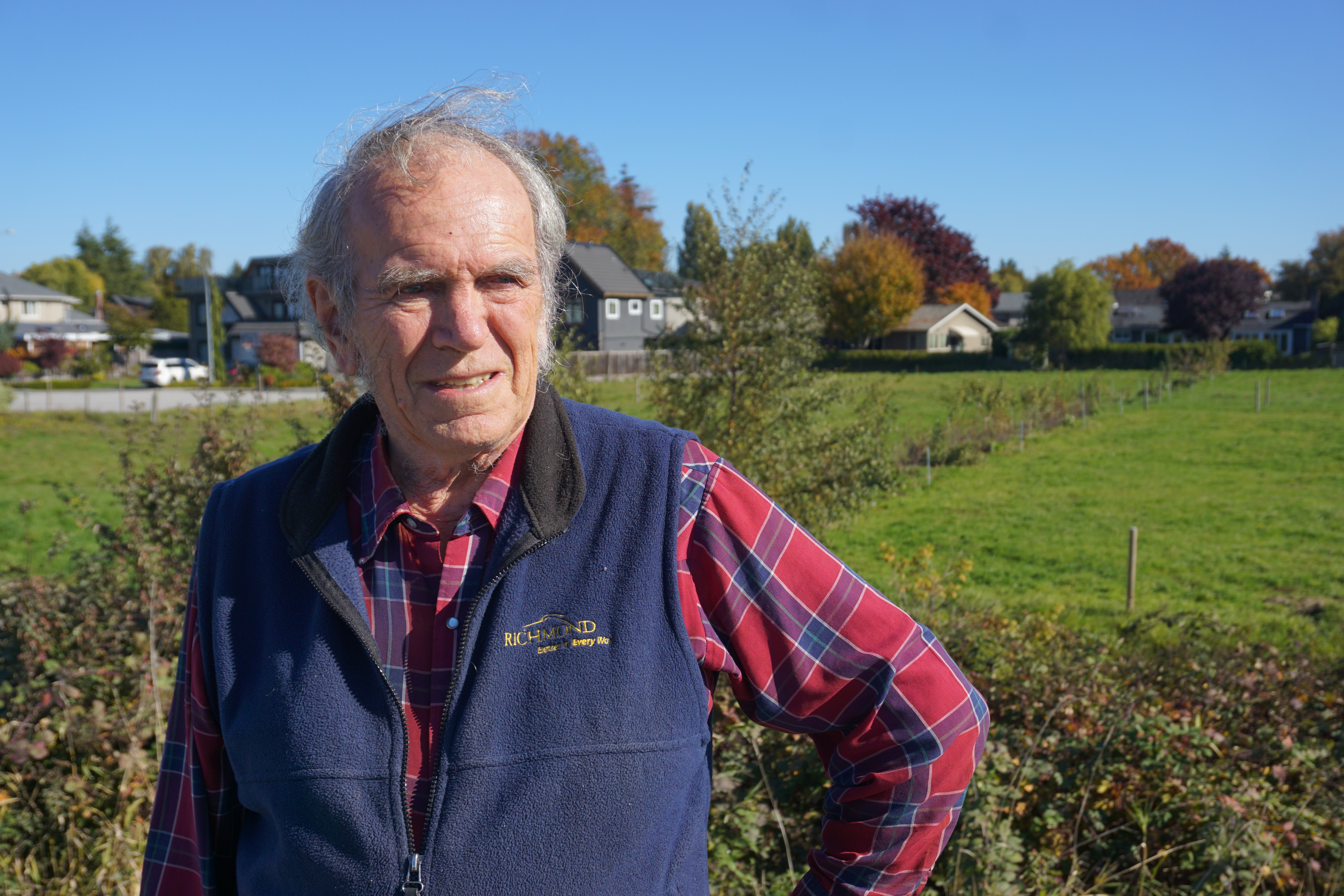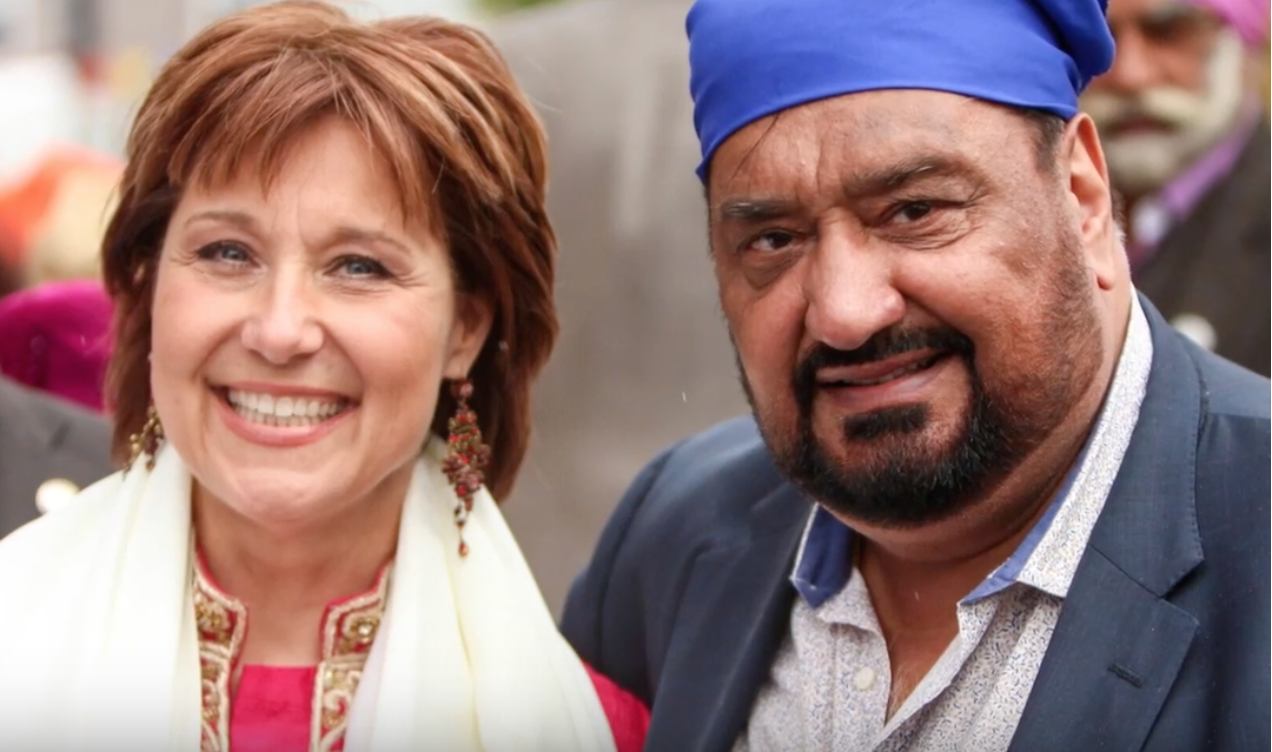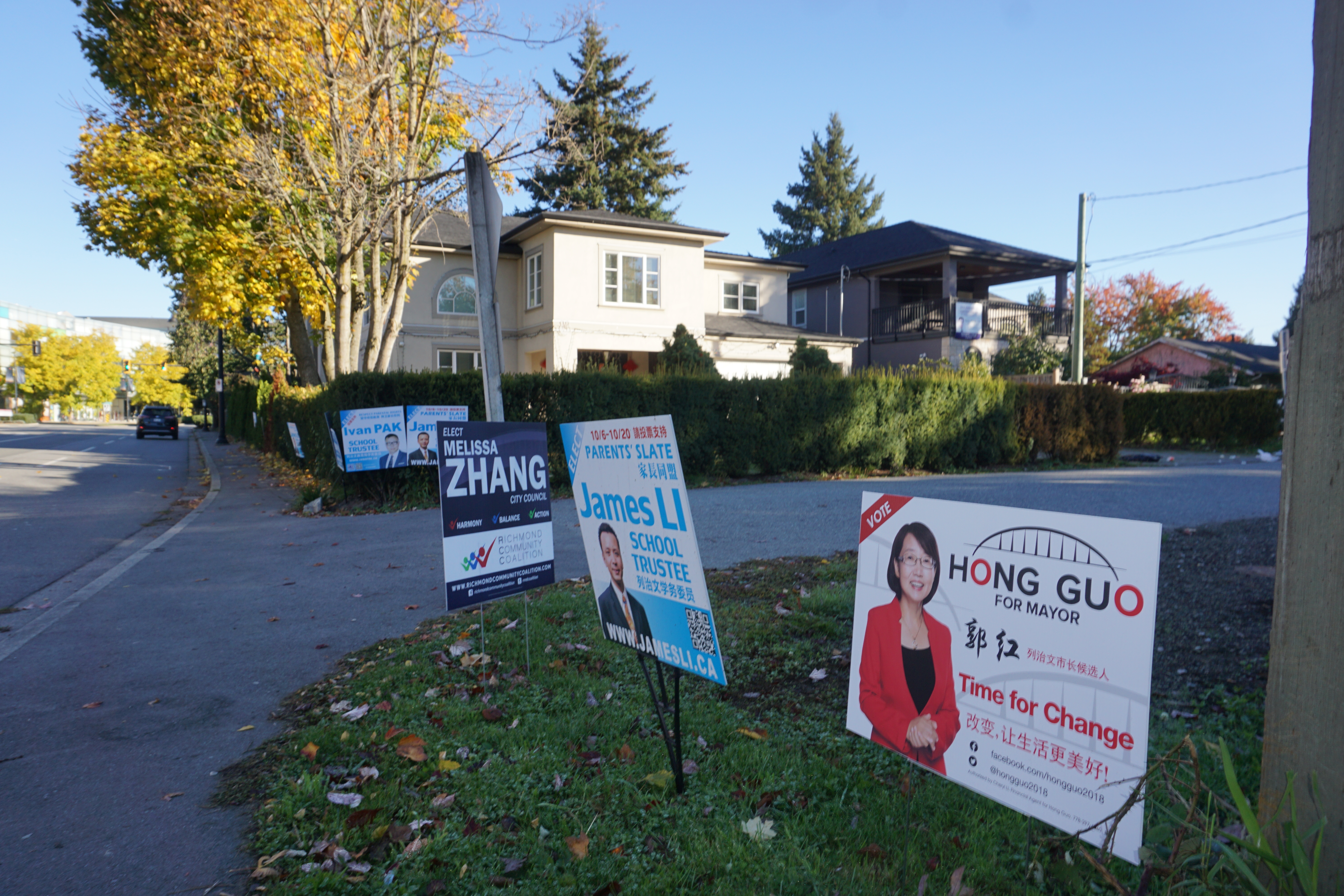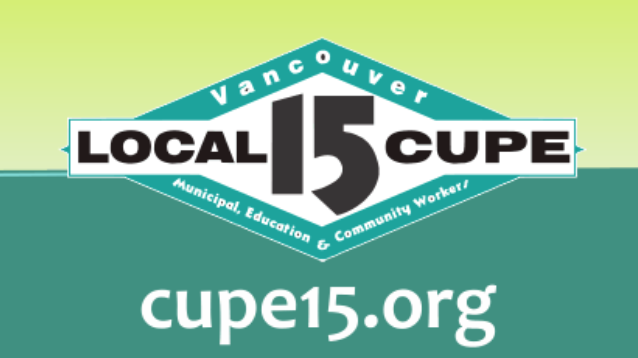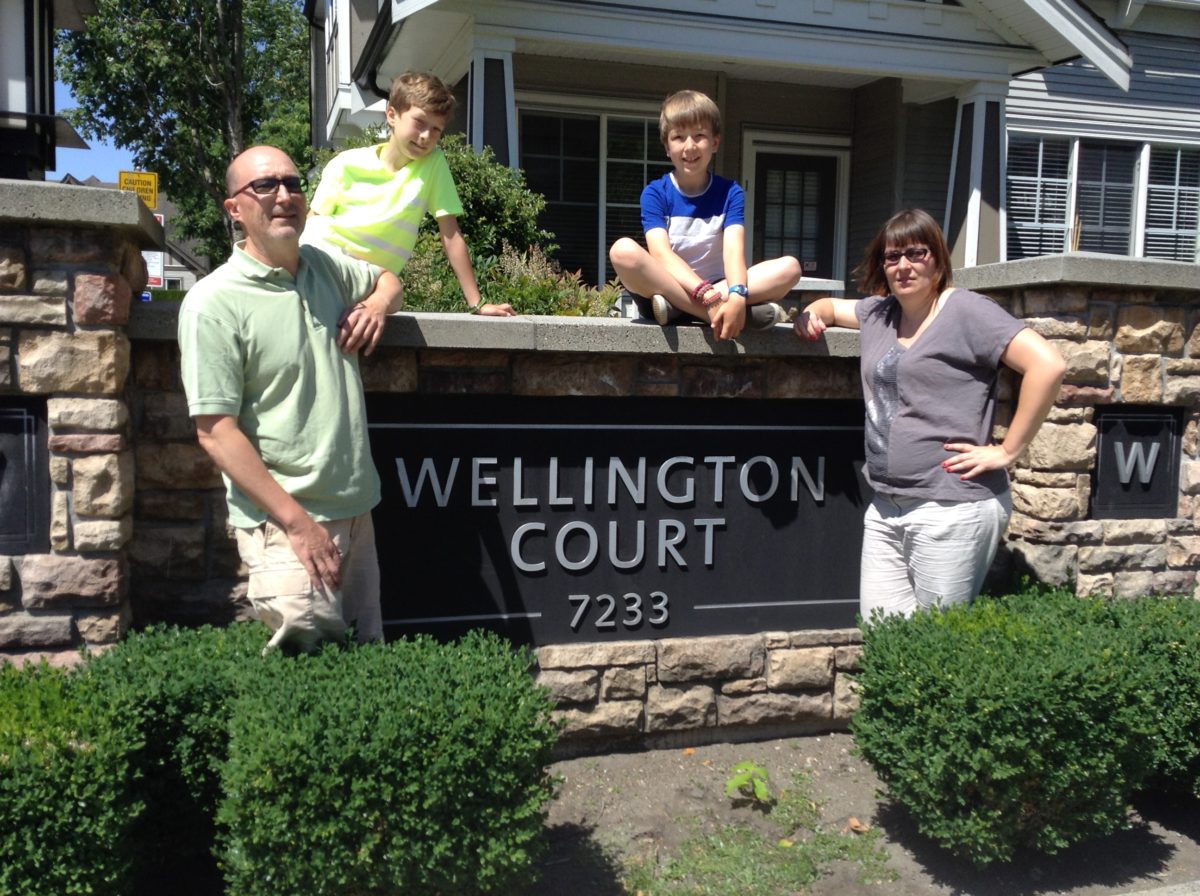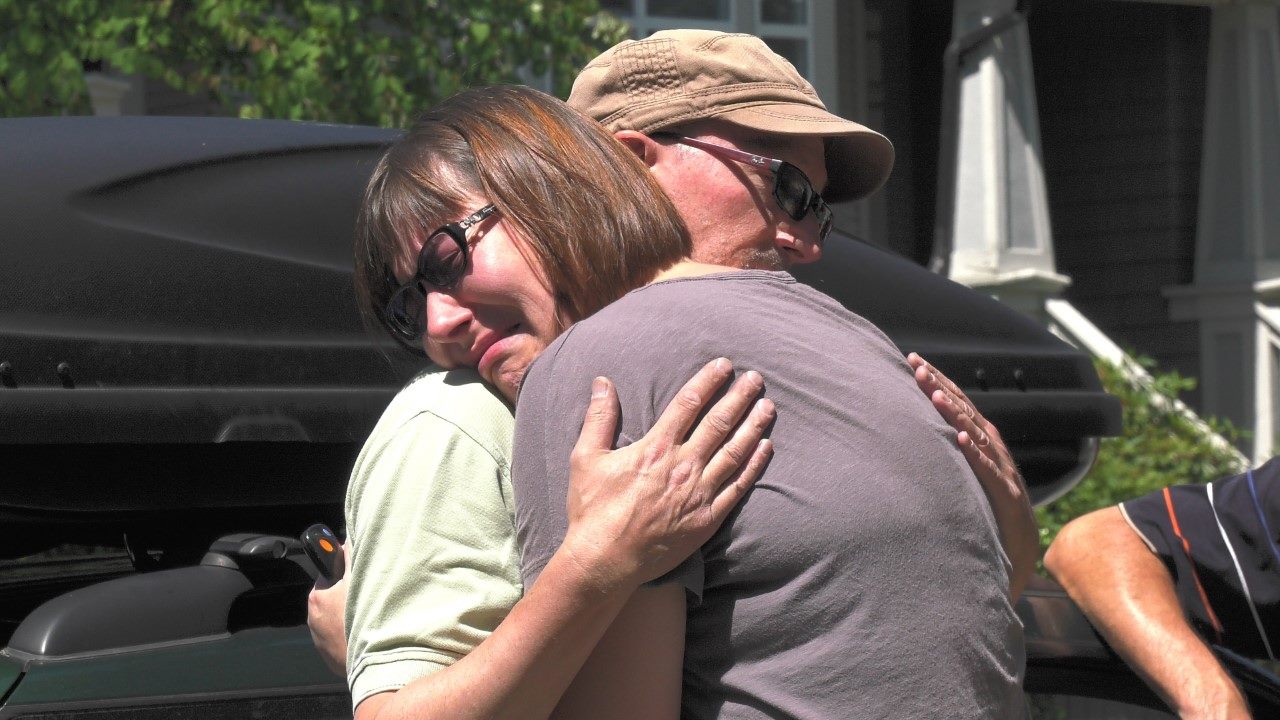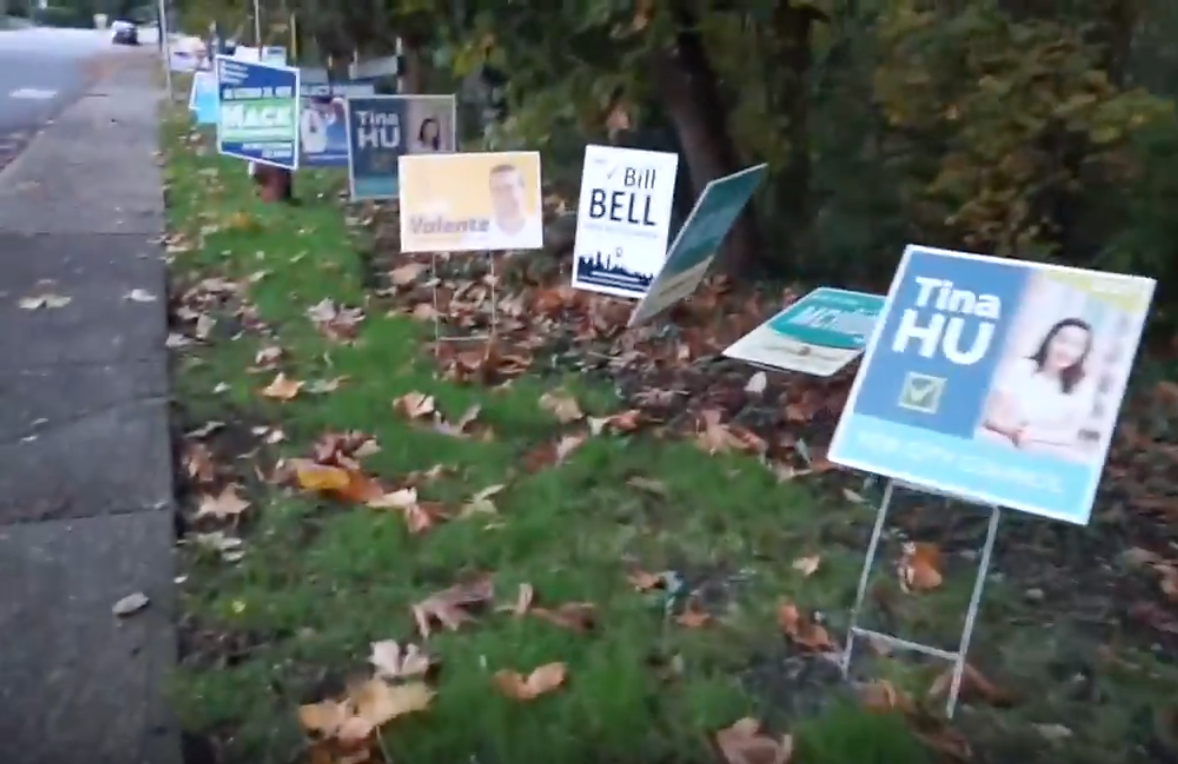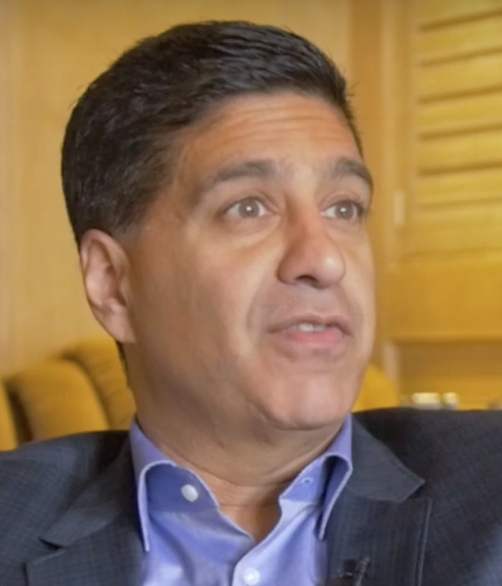Analysis: Richmond’s Brodie poised to become Metro Vancouver’s most-senior mayor
Bob Mackin
Richmond could have a new, longest-serving mayor if Malcolm Brodie fends-off a challenge on Oct. 20.
Brodie was elected in a 2001 by-election after Greg Halsey-Brandt was elected to the BC Liberals under Gordon Campbell.
The New York native won re-election four times. A win on Saturday would position him to beat Rudy Grauer’s 1930 to 1949 dynasty.

Richmond incumbent Mayor Malcolm Brodie (Instagram)
Brodie faces the most-aggressive challenge yet, in the form of real estate and immigration lawyer Hong Guo. For Guo, her biggest opponent could be herself.
She is facing a $13 million lawsuit related to a collapsed real estate deal, a professional misconduct hearing with the Law Society of B.C. and an RCMP investigation over vote-buying allegations related to a Beijing-friendly expats society. She says she has done no wrong.
Richmond RCMP said Oct. 19 that it had not found evidence to justify criminal code or election act charges, but it continues to investigate potential voter manipulation.
After the Oct. 2 mayoral debate, Guo told theBreaker that she does not believe China has any human rights problem and that journalists in her native land enjoy freedom of speech. Both statements contradict reams of evidence gathered over decades by foreign governments, international human rights and media advocates, and global media outlets.
Guo wants to forge closer ties between Richmond and China, which she has incorrectly called the world’s biggest economy (the International Monetary Fund says the U.S. still reigns). After the RCMP investigation was launched, the Richmond Community Coalition said it would not endorse Guo for mayor. Incumbent Coun. Ken Johnston of RCC told the Richmond News that Guo’s bid is “against harmony, against inclusion.”
Guo was not clear what she would do with her law firm, corporate and real estate holdings if she beats the odds and wins. One of Guo’s companies has the same name as a huge, Chinese state-owned enterprise. She incorporated CITIC Investments Corp. in B.C. on Aug. 15, 2008 with partners Golden Mountain Capital, Wu Ze Yong and Maple Union Industry Inc. The Beijing-based China International Trust Investment Corporation is a finance, energy, resources, manufacturing, engineering and real estate conglomerate.
“We work with them, but there is no share involvement,” Guo said in an interview. “They are looking for projects and we would assist where they want to do something, investment for projects.”
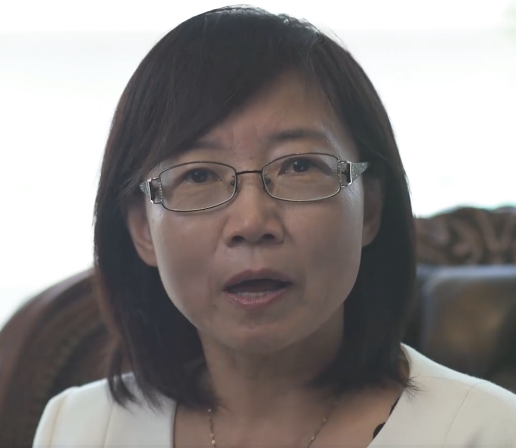
Mayoral candidate Hong Guo
Said Brodie: “I can tell you the city the size and complexity of Richmond, not to mention other work you get involved in at the regional and even provincial level, it is more than full time, and I don’t see how anybody can be involved in active business outside of being a mayor. Your time is too thin to do anything else.”
Brodie said Richmond already has close ties to China with sister city Xiamen and friendship city with Qingdao. He said the city needs to look at Asia as a whole, from the Philippines to South Korea. The city is, after all, home of Vancouver International Airport.
Brodie is opposing a planned Gateway casino on the Delta side of the Fraser River and sidestepped questions about money laundering at River Rock casino; it’s a provincial responsibility, he said. He continues to advocate for a new tunnel rather than a bridge over Deas Island to Delta. Guo is a bridge proponent.
“The previous provincial government, they said it’s a bridge or nothing, there wasn’t any other solution,” he said. “We have said the solution is, in-part, upgrade the existing tunnel and twin it. We believe it can be done without exceeding the cost of the bridge and, probably, it will be cheaper.”
The casino location dispute is in mediation and the crossing question is waiting to be answered in a report that the NDP cabinet has been sitting on for months.
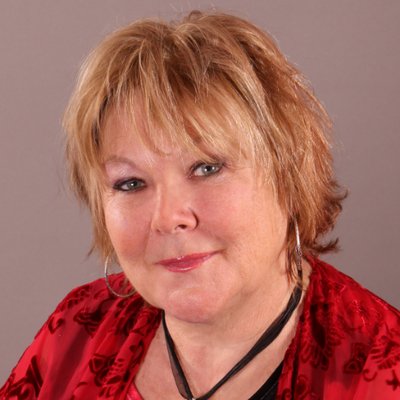
Richmond city council candidate Kerry Starchuk (Twitter)
Late in her campaign, Guo hired Vancouver public relations firm Peak Communicators for crisis communications. Then more controversy.
The Richmond News complained to Richmond city hall, Richmond RCMP and Facebook on Oct. 12 about an exchange from the WeChat Richmond Resident 7300 Focus Group II. The News said comments from that WeChat group were falsely attributed to reporter Daisy Xiong and a screen grab was briefly published on Guo’s Facebook page. Neither Guo nor Peak responded to theBreaker’s request for comment.
Earlier in the campaign, the Harold Steves-led Richmond Citizens Association and the Carol Day-led RITE Richmond slates formed an alliance aimed at defeating the Richmond First and Richmond Community Coalition slates that have held power on council. The left-right alliance has clashed with the BC Liberal-allied Richmond Farmland Owners Association, which has resisted efforts by incumbents Steves and Day to limit the size of mansions on farmland.
The campaign also features star independent city council candidate Kerry Starchuk, the leader of a grassroots campaign to increase English language signage in the majority ethnic Chinese suburb, which has been called North America’s most-Asian city. Starchuk’s “Community Matters” themed campaign coincides with the House of Commons tabling of her petition aimed at stopping birth tourism. The mothers are lured by the instant Canadian citizenship for their offspring. Starchuk wants the Trudeau Liberal government to commit public resources to determine the full extent across Canada and move to reduce and eliminate the practice that sees cash-paying foreigners displacing local patients at Richmond Hospital.
Last year, 474 births to foreign mothers, mainly from China, were recorded at Richmond Hospital, almost 59% more than the previous year.
Support theBreaker.news for as low as $2 a month on Patreon. Find out how. Click here.
Bob Mackin Richmond could have a new, longest-serving







